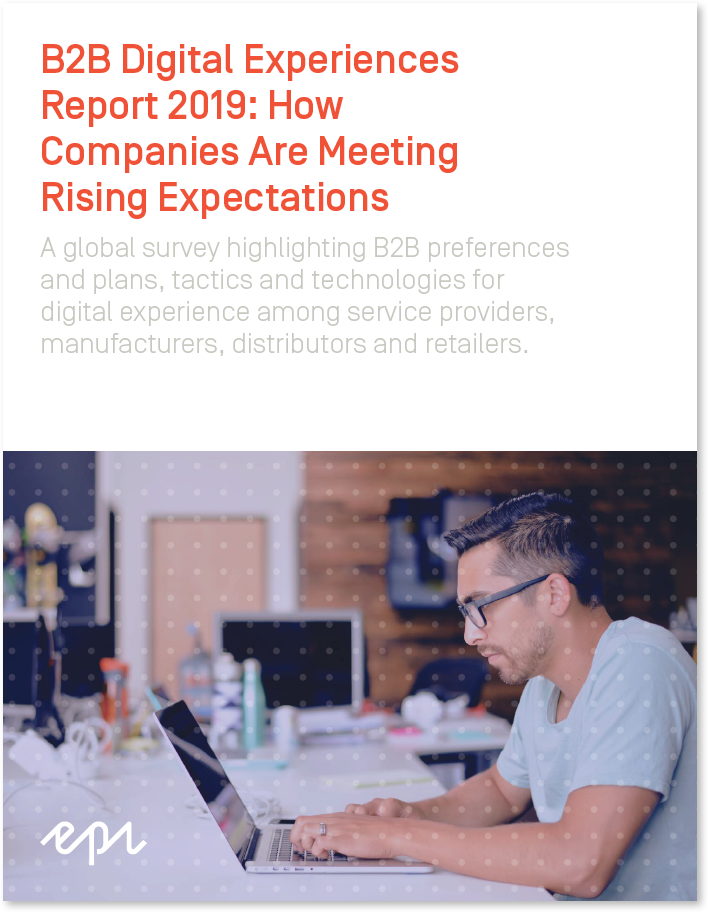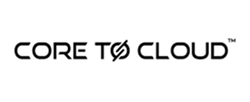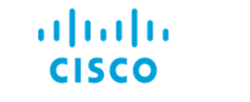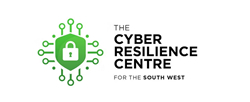
The research found that, while the they recognised the threat, most businesses approached investment in silos, allowing them to address issues in isolation rather than as a broader, more holistic approach. The downside for the IT sector is that almost all saw this as the main barrier to digital transformation and a constraint on investment.
Episerver also found that businesses recognised that this failing to embrace digital transformation impacted on customer experience, resulting in disjointed and less effective outcomes and placing those not willing to invest at a significant disadvantage over those who do.
The IT sector is not immune to the effects of digital transformation and these findings mirror our experiences, with the need for change the biggest challenge to improved and sustainable IT marketing performance. Just like our customers, investment is crucial if you’re to avoid the digital threat and that goes for marketing investment, too.
Relying on traditional demand generation methods is becoming less productive, with the Episerver research finding that phone calls are the least wanted communication option, no shock to those of us at the hard end of the demand generation process, but just another confirmation that we need to change how we do business.
So what can the Episerver research tell us that will address these challenges? Some of the results will surprise you.
Customers do want to hear from us, but they want personalised content that helps and informs. Personalisation isn’t just the name at the top, its the story we tell and its relevance to the audience. Again, no great shock, but an endorsement for the end of generic, short term tactics we tend to adopt (you can’t convey a broad message and expect it to resonate).
Surprisingly, email is the preferred communication method, but only if addressing the recipient and his particular issues. Blanket email campaigns tend to end up in the same place, if they get there at all.
White papers, case studies, direct mail, in-person meetings and trade shows were very low on their list of preferred research methods, while collaboration software, peer review sites and industry analysis were top. This supports the growth in community marketing and ‘always on content’, where brand and product messages are presented on a continual basis that reflects the extended stages in the buying cycle.
Customers loved self-serve, where content is readily available and can be accessed on demand. And when they ask questions, they’d prefer to get answers from anyone but a brand!
Overwhelmingly, customers placed online and websites highest in terms of research and engagement value, placing significant emphasis on how we make audiences aware of our most valuable marketing asset.
For B2B participants, the single largest challenge was channel conflict, a clear tension for most but tempered by the realisation that, by 2025, most of their business would be online. Like it or not, we need to build stronger direct relationships if we’re to stay in touch with our markets, with seamless, end-to-end experiences that build long term relationships.
Episerver are a technology business, so the emphasis for a move to digital is understandable. However, the facts are fairly compelling and we marketers need to rise to the challenge.
To learn more about how marketmaking works as part of a seamless sales and marketing growth strategy, get in touch.





















